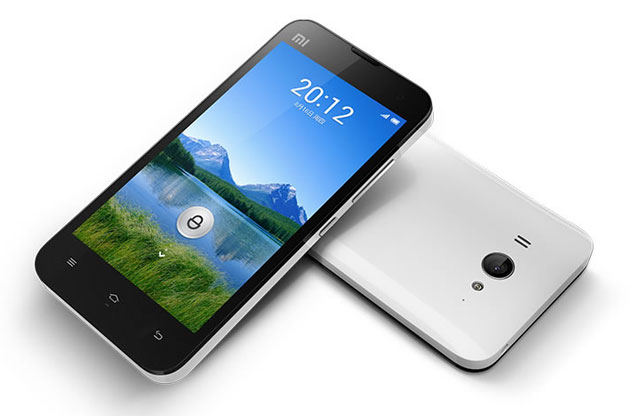With a growing number of stay home men taking on roles that are traditionally associated with women such as cooking, food companies are changing their marketing strategy and product line to appeal to this growing consumer segment. Anne Marie Chaker’s article on the Wall Street Journal “Groceries Becoming a Guy Thing” highlights some of the new merchandises arriving in American supermarkets that are targeted at the male audience, particularly in the way they are packaged and advertised. The rationale behind these shifts is the idea that what a man values in his food isn’t the same as what a woman does.
While it’s true that the two genders have different psychographics, but it is probably a bit too carried away to say that a packaging with a bull’s head on a dark background will draw a flood of dudes to the new yogurt. For instance, is the guy buying the yogurt for himself or his family? If he is packing lunch for his daughter, then he would certainly put his daughter’s preference before his. The bottom line is that while guys are likely to pay more attention to “meatiness” of the products and less on the “healthiness”, the difference isn’t substantial especially if they have keep in mind who they are doing the purchase for. For mass consumer oriented food products, the future is perhaps a unisex marketing approach.



